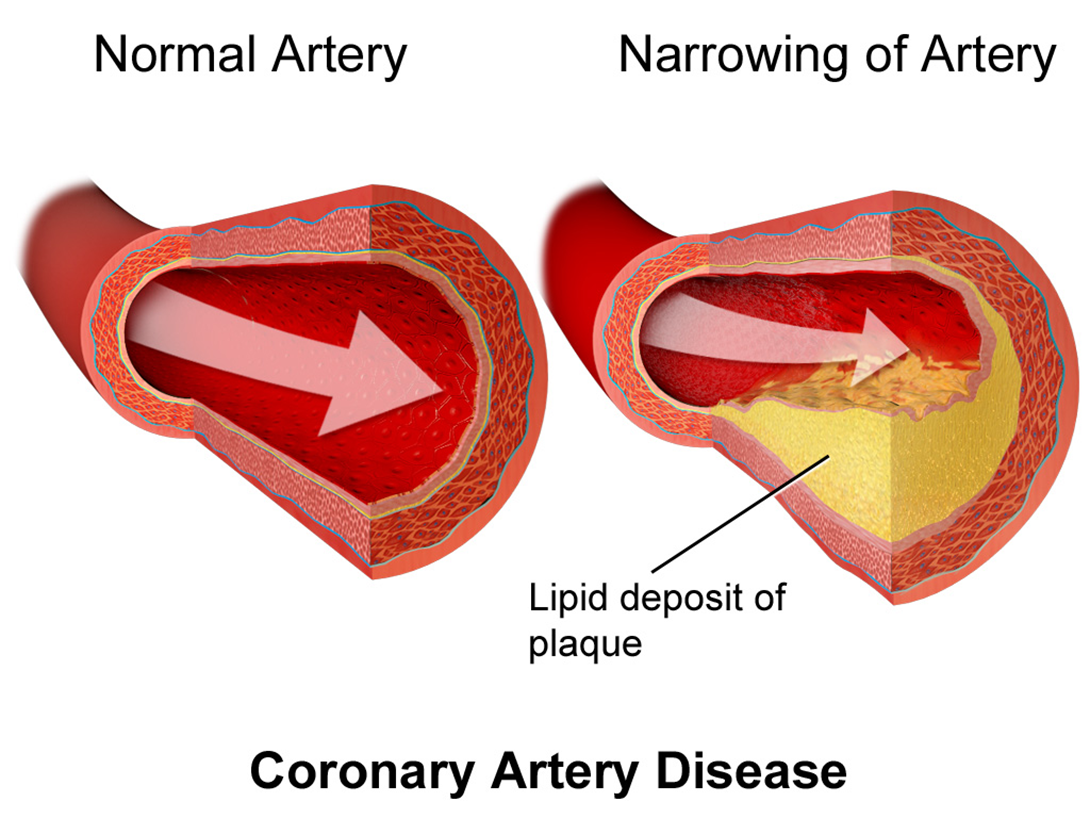Your patient with major depressive disorder isolates herself in her room for the whole day. You find her sitting and staring out the window. What is your best therapeutic response when you walk into her room?
Make frequent short visits to her room and just sit there.
"Come with me. It's time for group therapy."
"I'd like to introduce you to the other patients."
"What are you thinking about?"
The Correct Answer is D
Choice A reason: This approach is non-intrusive and allows the patient to become accustomed to the presence of others without feeling pressured to interact, which can be beneficial for someone with major depressive disorder who is isolating themselves.
Choice B reason: While group therapy is important, insisting that the patient comes with you when they are isolating themselves might be too forceful and could lead to increased resistance or distress.
Choice C reason: Introducing the patient to others is a good step, but it should not be the first approach if the patient is actively isolating and may not be ready for social interaction.
Choice D reason: Asking "What are you thinking about?" can be a good way to start a conversation, but it might be too direct for a patient who is not yet ready to open up and could feel invasive.
Nursing Test Bank
Naxlex Comprehensive Predictor Exams
Related Questions
Correct Answer is ["A","C","D","E"]
Explanation
Choice A reason: An exercise stress test can help diagnose coronary artery disease by measuring the heart's ability to respond to external stress in a controlled clinical environment.

Choice B reason: Troponin I is a blood test that measures the levels of troponin T or troponin I proteins in the blood. These proteins are released when the heart muscle has been damaged, such as in a heart attack, which is a common complication of coronary artery disease.
Choice C reason: Cardiac computed tomography (CT) for calcium scoring is a non-invasive way of obtaining information about the presence, location, and extent of calcified plaque in the coronary arteries.
Choice D reason: Radioisotope imaging, such as a nuclear stress test, can show how blood moves to the heart muscle at rest and during stress, helping to diagnose coronary artery disease.
Choice E reason: Angiography involves using X-rays to see your body's blood vessels. Coronary angiography is specifically used to see if your coronary arteries are blocked or narrowed, where they supply blood to your heart.
Correct Answer is A
Explanation
Choice A reason: Furosemide is a loop diuretic that can cause hypokalemia, so monitoring potassium levels is important.
Choice B reason: While calcium levels can be affected by furosemide, it is not typically the primary concern.
Choice C reason: Prothrombin time is not usually affected by furosemide and is not routinely monitored unless the patient is on anticoagulant therapy.
Choice D reason: Urine sodium could be checked, but it is the serum potassium that is most commonly monitored due to the risk of hypokalemia with furosemide use.
Whether you are a student looking to ace your exams or a practicing nurse seeking to enhance your expertise , our nursing education contents will empower you with the confidence and competence to make a difference in the lives of patients and become a respected leader in the healthcare field.
Visit Naxlex, invest in your future and unlock endless possibilities with our unparalleled nursing education contents today
Report Wrong Answer on the Current Question
Do you disagree with the answer? If yes, what is your expected answer? Explain.
Kindly be descriptive with the issue you are facing.
